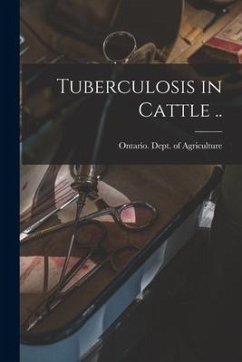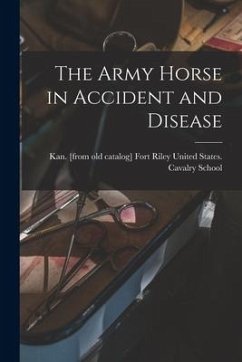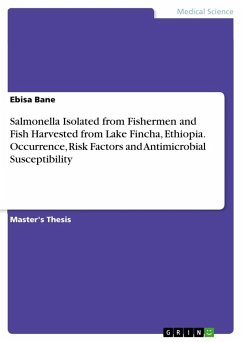
Salmonella Isolated from Fishermen and Fish Harvested from Lake Fincha, Ethiopia. Occurrence, Risk Factors and Antimicrobial Susceptibility
Versandkostenfrei!
Versandfertig in 1-2 Wochen
47,95 €
inkl. MwSt.

PAYBACK Punkte
0 °P sammeln!
Master's Thesis from the year 2021 in the subject Veterinary medicine, , language: English, abstract: Salmonella is one of the most common foodborne and important zoonotic pathogens worldwide. Because of the difficulties in ensuring optimal hygienic food handling practices, the problem is even more severe in developing countries. A cross-sectional study with a simple random sampling approach was conducted to estimate the occurrence, identifying risk factors, and assessing the antimicrobial susceptibility profile of Salmonella isolated from fishermen and fish species from Fincha Lake. Salmonell...
Master's Thesis from the year 2021 in the subject Veterinary medicine, , language: English, abstract: Salmonella is one of the most common foodborne and important zoonotic pathogens worldwide. Because of the difficulties in ensuring optimal hygienic food handling practices, the problem is even more severe in developing countries. A cross-sectional study with a simple random sampling approach was conducted to estimate the occurrence, identifying risk factors, and assessing the antimicrobial susceptibility profile of Salmonella isolated from fishermen and fish species from Fincha Lake. Salmonella was isolated, phenotypically identified by Omni Log and the antimicrobial susceptibility test was performed using the disk diffusion method and interpreted following the Clinical Laboratory Standard Institute recommendations. Tilapia (220), common carp (85), and catfish (79) were the most known fish species in Lake Fincha. Samples were collected from skins (65),Gills ( 96 ), Intestines ( 110 ) , and Muscles (113 ) parts of these three species. Muscles 3 (2.65%) samples were found to be the most Salmonella positive, followed by gills 2 (2.08 %). No Salmonella was isolated from fishermen¿s hand swabs (0%).The prevalence of salmonella in fish was 1.30 % ( 95% confidence interval (CI ) : 0.42-3.01 ).The overall prevalence of Salmonella in the study area was 1.21% ( 95% CI: 0.39-2.80 ) . All of the isolated Salmonella (n=5) belongs to S. Typhimurium Serovars. The antimicrobial susceptibility test revealed that the isolates were resistant to Cefotaxime, Tetracycline, and Ampicillin disks. However, Chloramphenicol, Sulfamethaxazole+Trimethoprim, Amoxicillin + Clavulanic acid, Gentamicin and Cefoxitin were found effective in inhibiting the growth of all of the isolates. Isolation of Salmonella from fish was associated with contamination of the harvesting areas, contamination of the Lake, collecting and processing materials and equipment. Factors independently predicted Salmonella occurrence were the presence of contamination (AOR: 2.84, 95%CI: 1.45-1.83, P=0.041), fish that was not iced after landing (AOR: 8 95% CI: 0.06-5.91, P=0.032) and poor handling practice (AOR: 29.3, 95% CI: 0.06-0.37 P=0.0.035). In conclusion, Salmonella has been isolated from fish collected from Lake Fincha, so appropriate measures should be taken to prevent contamination and infection.




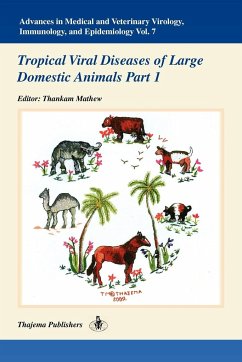
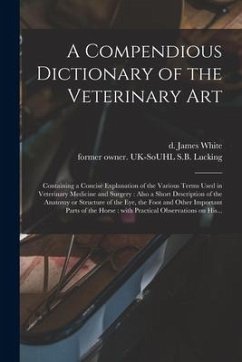
![Ligaments and Muscles of the Horse [microform] Cover Ligaments and Muscles of the Horse [microform]](https://bilder.buecher.de/produkte/65/65584/65584075n.jpg)



